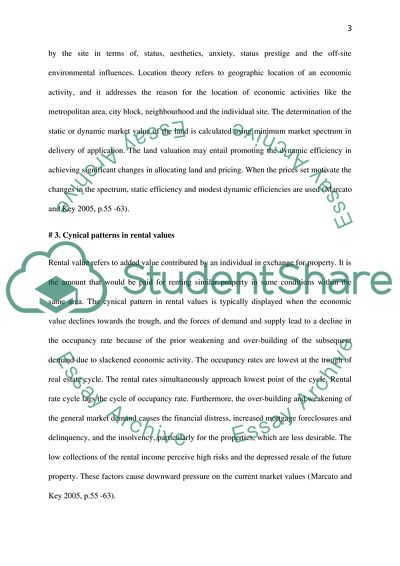Cite this document
(Real Estate Economics Assignment Example | Topics and Well Written Essays - 1500 words, n.d.)
Real Estate Economics Assignment Example | Topics and Well Written Essays - 1500 words. https://studentshare.org/macro-microeconomics/1787528-real-estate-economics
Real Estate Economics Assignment Example | Topics and Well Written Essays - 1500 words. https://studentshare.org/macro-microeconomics/1787528-real-estate-economics
(Real Estate Economics Assignment Example | Topics and Well Written Essays - 1500 Words)
Real Estate Economics Assignment Example | Topics and Well Written Essays - 1500 Words. https://studentshare.org/macro-microeconomics/1787528-real-estate-economics.
Real Estate Economics Assignment Example | Topics and Well Written Essays - 1500 Words. https://studentshare.org/macro-microeconomics/1787528-real-estate-economics.
“Real Estate Economics Assignment Example | Topics and Well Written Essays - 1500 Words”. https://studentshare.org/macro-microeconomics/1787528-real-estate-economics.


